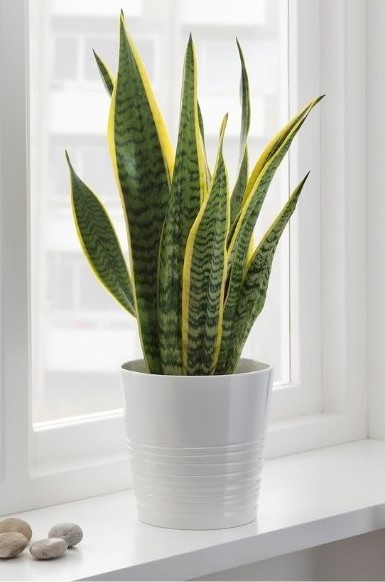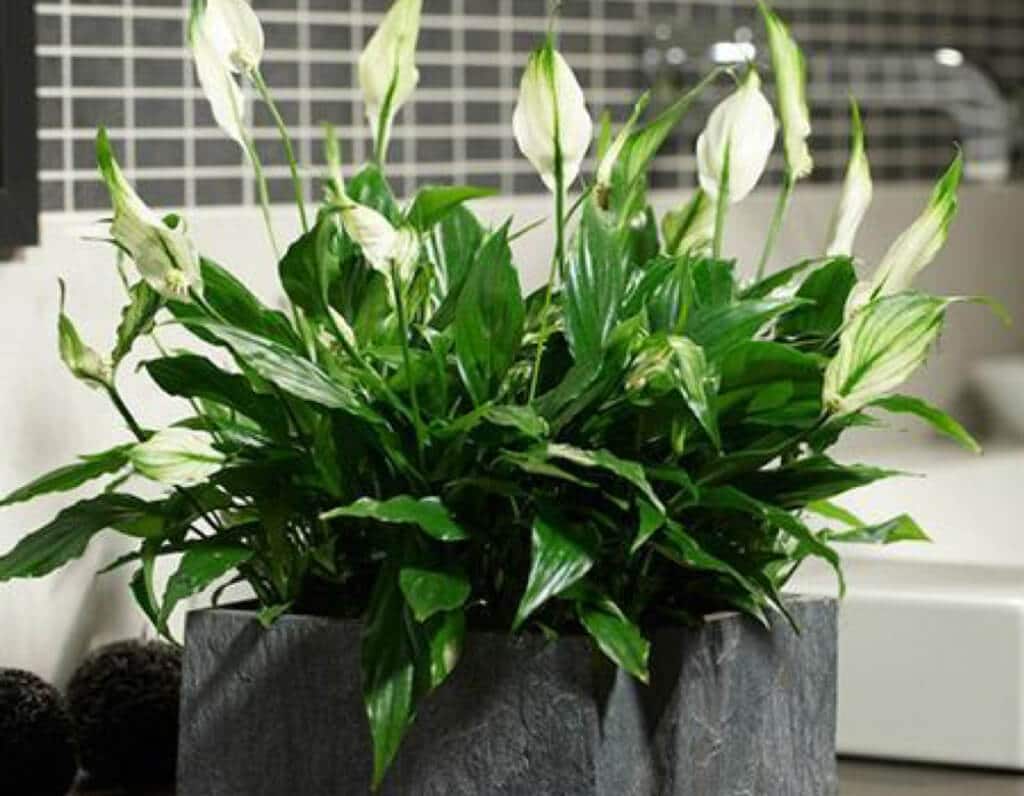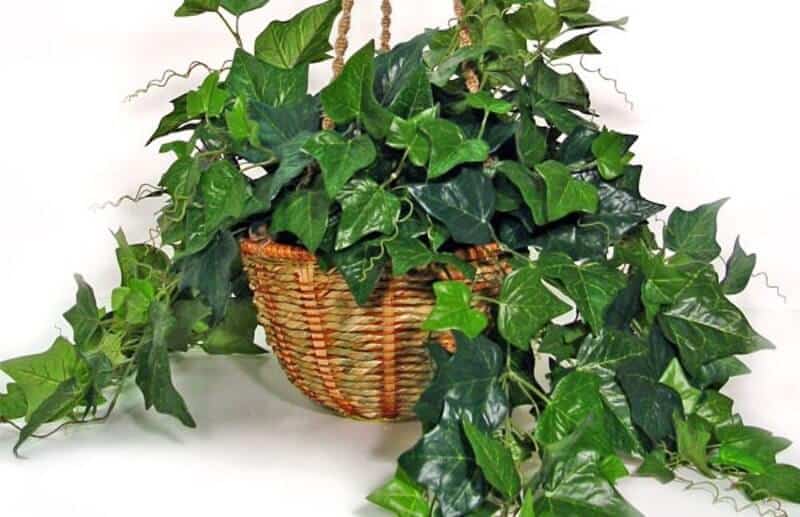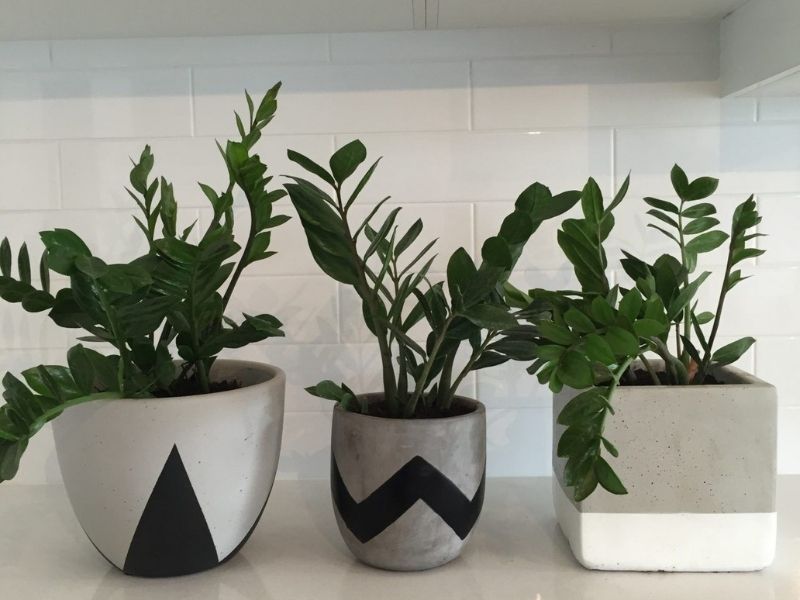14 Nov Moisture Issues in Your Tiny House Bathroom?
There are some great plants that will help reduce moisture in your bathroom and also your Tiny Home. The best thing about this list is that the plants I recommend also do not require a lot of lighting. Now some people might opt for artificial plants, but those do nothing to help reduce moisture in your Tiny House Bathroom. If you’re wondering which plants are ideal for your bathroom to help with humidity issues, keep reading…
First, consider these factors when selecting your bathroom plants
Humidity
High humidity in bathrooms provides the best conditions for the growth of mold and mildew and may even damage some surfaces such as wood. While having a fan or dehumidifier helps to reduce the humidity levels, moisture-absorbing plants are a cheaper and greener way to do it.
Lighting
Many if not all bathrooms have low levels of light and this has resulted in most people thinking that they cannot grow plants in their bathrooms. That is not the case. Actually, there are several low light bathroom plants to choose from. Sometimes you will need to move the plants around towards light depending on the season.
Toxicity to humans and pets
The plants that you choose to keep in your bathroom should not be toxic to either pets or humans. If you must have a plant that can cause harm to family members, you should place it high on a shelf where kids and pets cannot reach.
Toxic and Non-Toxic Plants (aspca.org)
Space
The size of your bathroom determines the free space available for keeping plants. So, it is very important that you understand the growth habit of the plant as well as the space available before considering it. Of course, big plants when fully grown will require more space and vice versa. Space is also a determining factor when selecting the plant pots.
Temperature
Every bathroom has different temperature levels at different times of the day depending on the kind of showers taken (may be hot, warm or cold). Therefore, it’s important to.
Best Plants to help with Bathroom Humidity issues:
Mother In Law’s Tongue (Snake Plant)
The Snake plant is also known as “Mother in law’s tongue.” This plant is well-suited to place on your bathroom shelf whenever you feel a rise in the humidity levels. It’s a handy plant because it can also survive in low light environments with little watering. The Snake plant also filters common household toxins in addition to absorbing moisture. For example, one of the most common household toxins is formaldehyde. It’s often present in cosmetic and cleaning products. By placing snake plant pots in your bathroom, you can remove this toxin from the air.

Peace Lily
Peace lily plants reduce humidity from humid bathrooms and act as an air purifying plant. This plant is a great addition if your bathroom has low light and high humidity. This low light plant needs indirect sunlight to grow in your bathroom. You don’t have to water the peace lily frequently because it can absorb excess moisture from your bathroom. It can also help you get rid of the common household toxins using its air purification properties.

English Ivy
Another plant that absorbs humidity and indoor toxins is the English ivy. A deep green plant that spreads around when planted, the English ivy is so efficient at absorbing moisture from the air that you’ll rarely see mold (including pink mold) and mildew growing in your bathroom once you plant it there. Like other moisture absorbing plants, English ivy thrives in low-light conditions like the bathroom. As long as you keep its soil moist, English ivy will thrive and keep your bathroom dry. Given that it spreads, you can grow it in hanging baskets.

Boston Fern
Boston fern is a popular indoor plant. Like other indoor plants, Boston ferns do really well in indirect light. The Boston fern can absorb moisture from the bathroom air more easily than other plants. However, Boston fern needs special care in cold winters. In winters, the air becomes dry, and if there is a huge drop in the moisture level, your Boston fern plant can die. The best way to avoid this is to keep a spray bottle handy and mist your fern.
Spider Plant
Spider plants have the power to remove up to 90 percent of the moisture and pollutants from the bathrooms. The spider plant can grow in your bathroom with a little care and enhance its overall look with its smooth arching leaves. Due to its unique characteristics, it’s one of the best indoor plants that need than grow in low light.
Zanzibar Gem
One of the toughest bathroom plants that absorbs moisture is the Zanzibar gem. Also called the emerald palm, eternity plant, aroid palm, Zuzu plant or the ZZ plant, the Zanzibar gem will thrive in areas with high humidity, low light, and quick temperature changes like those in the bathroom. Better yet, you’ll only need to water it 4 times a year. ZZ plant is one of my personal faves.

Cast Iron Plant
Cast iron plant is another moisture absorbing plant that can tolerate low light and temperature. The best temperature for cast iron plants is between 10 to 27 degrees celsius. As this plant absorbs moisture from the bathroom, you don’t have to worry about watering it regularly. Cast iron plant needs water only if the damp air of the bathroom becomes dry. You can have an idea of the moisture in the bathroom by looking at the pot of your cast iron plant. If the soil is too dry, your plant isn’t getting enough water from the air due to low humidity in your bathroom.
Aloe Vera
This bathroom plant loves humid conditions. The aloe vera plant survives better in a sunny bathroom, unlike other bathroom plants. To provide this plant with the required amount of sunlight, you can consider placing it near a bathroom windowsill. To have a healthy aloe vera plant, keep the plant pot soil moist and humidity levels high in your bathroom. If the moisture levels drop, water your aloe vera at regular intervals.
Philodendron
With several varieties that grow either straight up or long and vining, there is a philodendron for almost any space. These plants love moist conditions but also require bright light, so they may not be best for a dark bathroom.
Closing
I hope these suggestions help you to find the right plants for your bathroom. Isn’t it good to know living tiny doesn’t mean you can’t have a plant here and there to enhance your décor while also clearing the air and reducing moisture at the same time.

Sorry, the comment form is closed at this time.